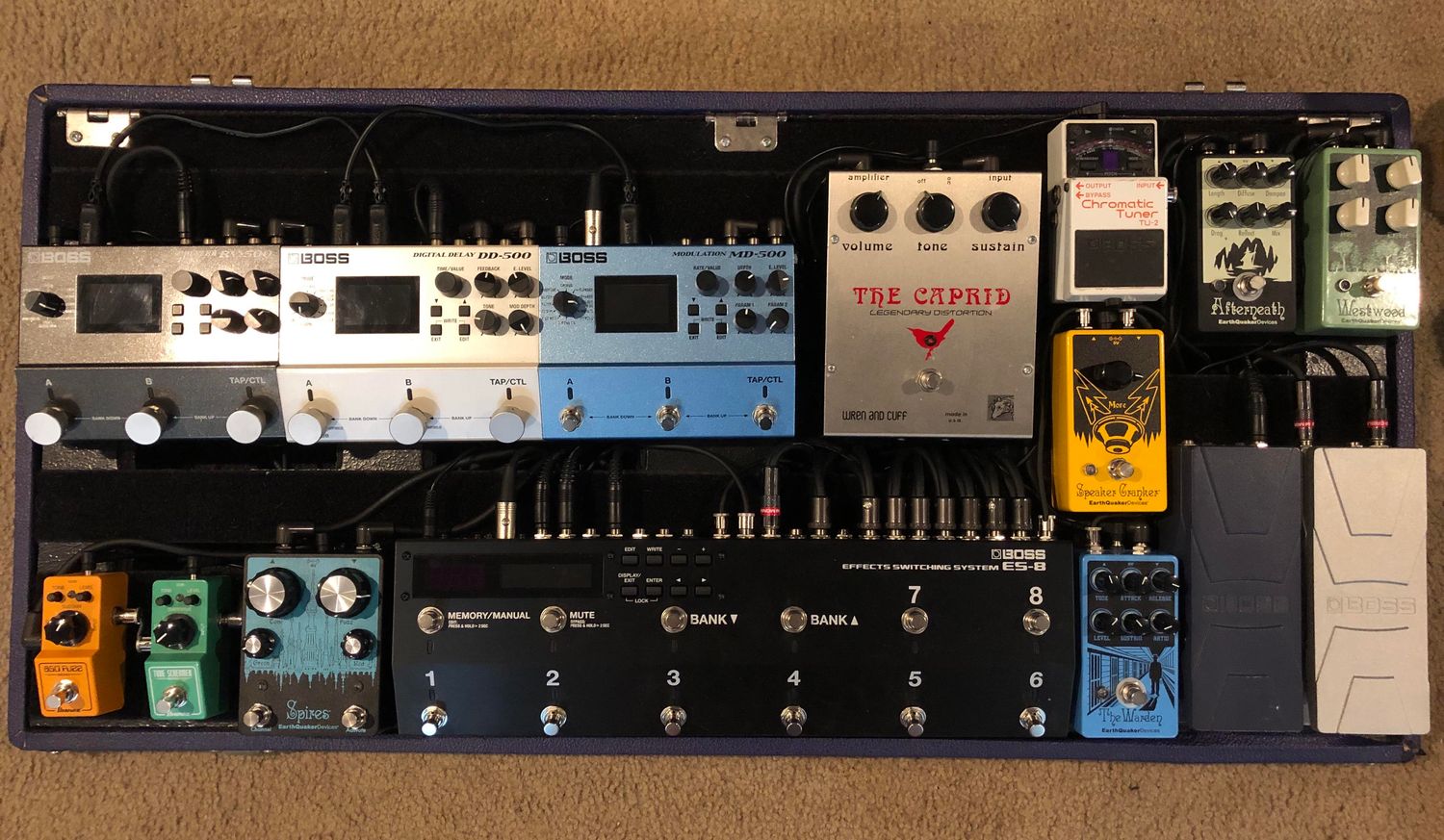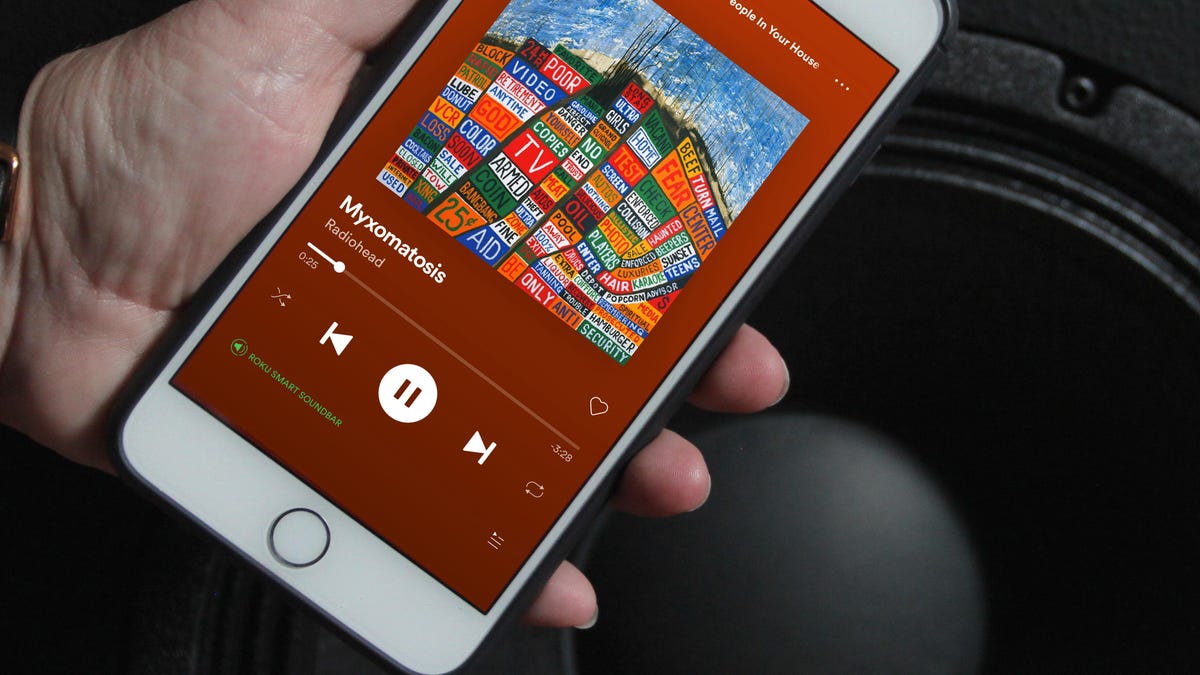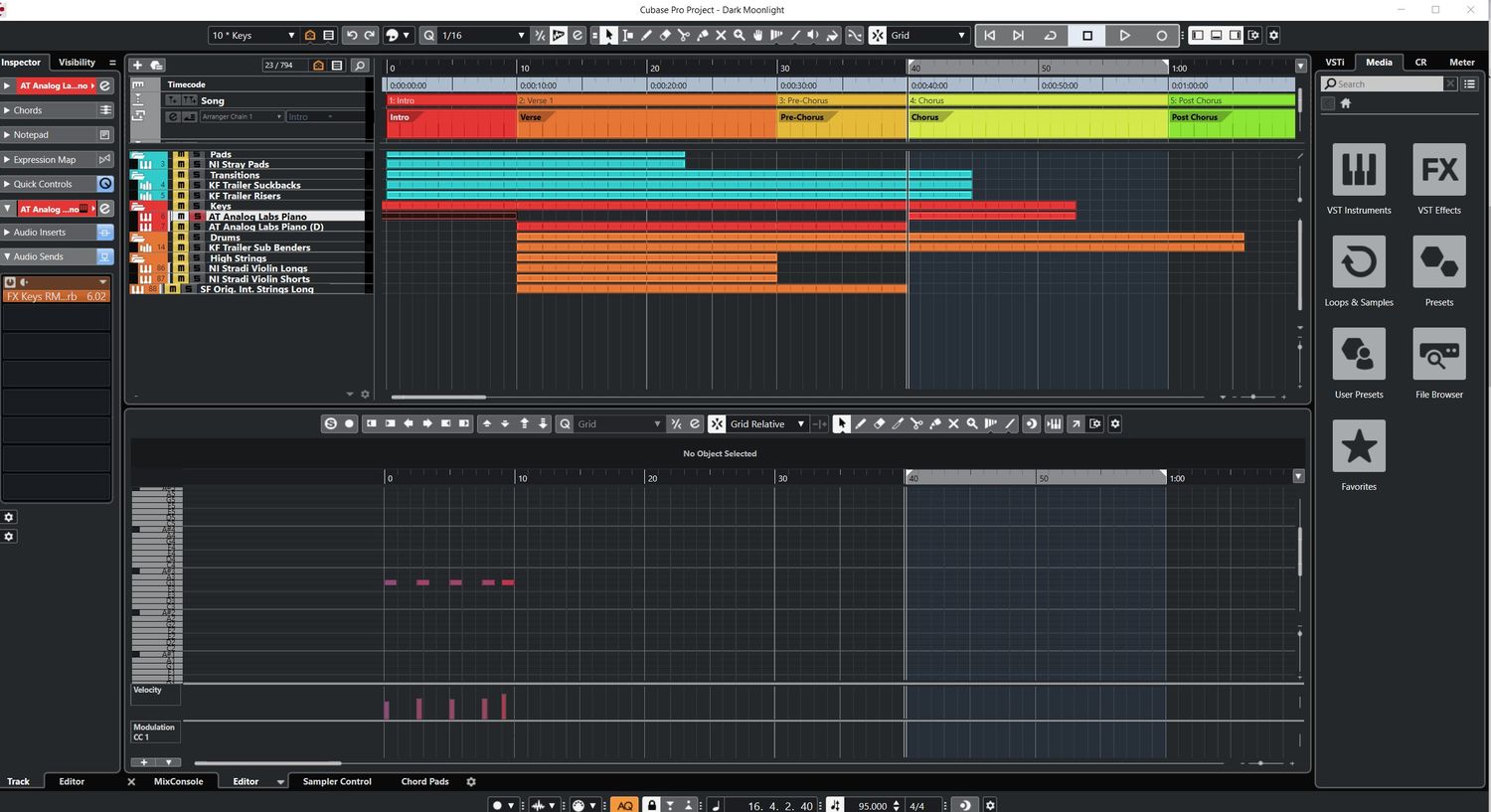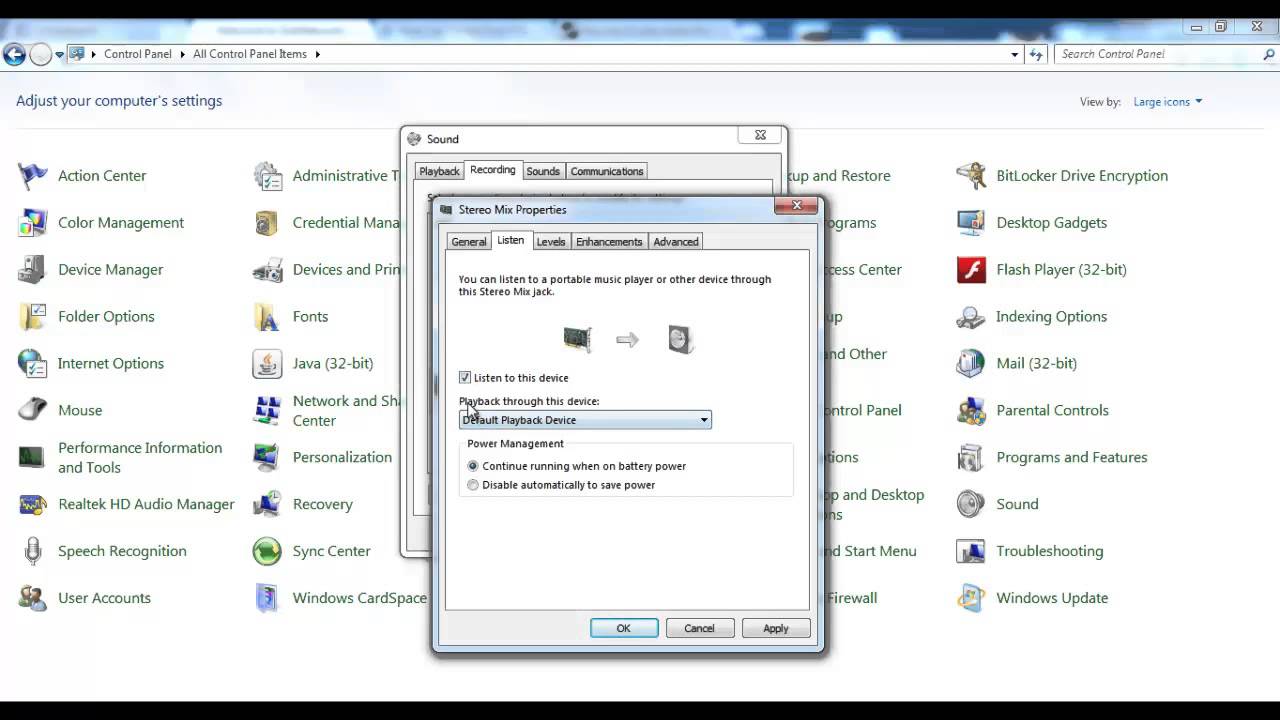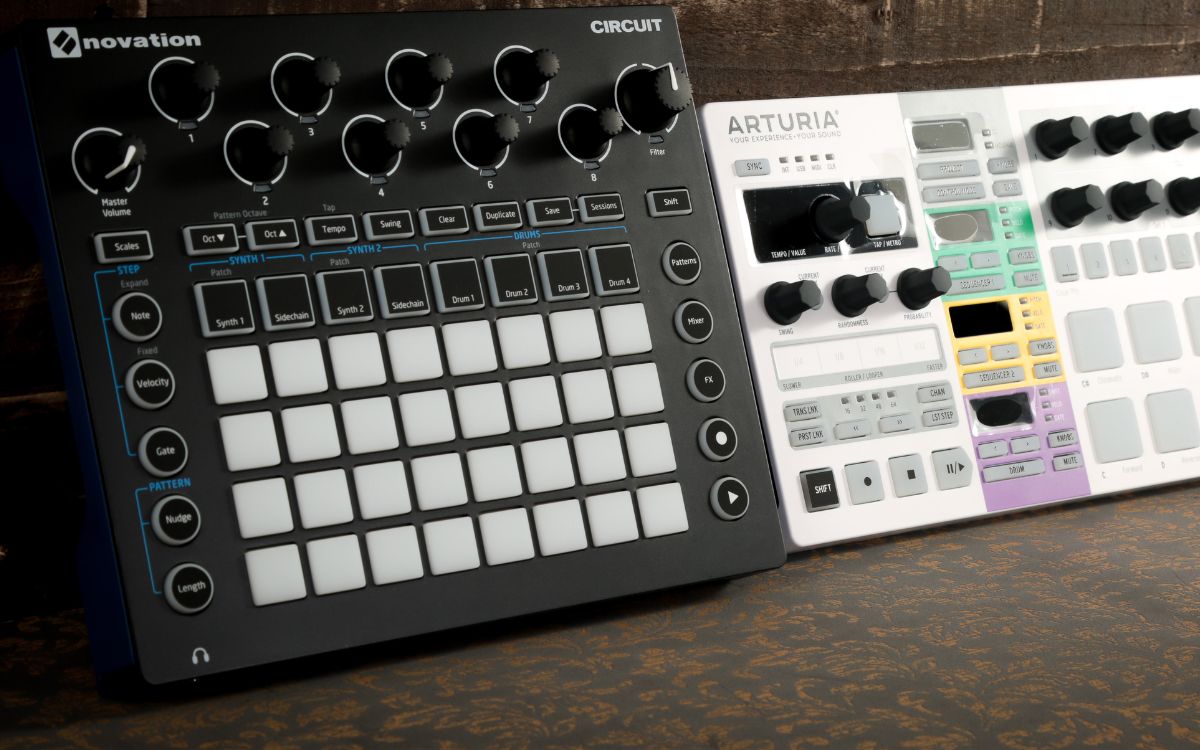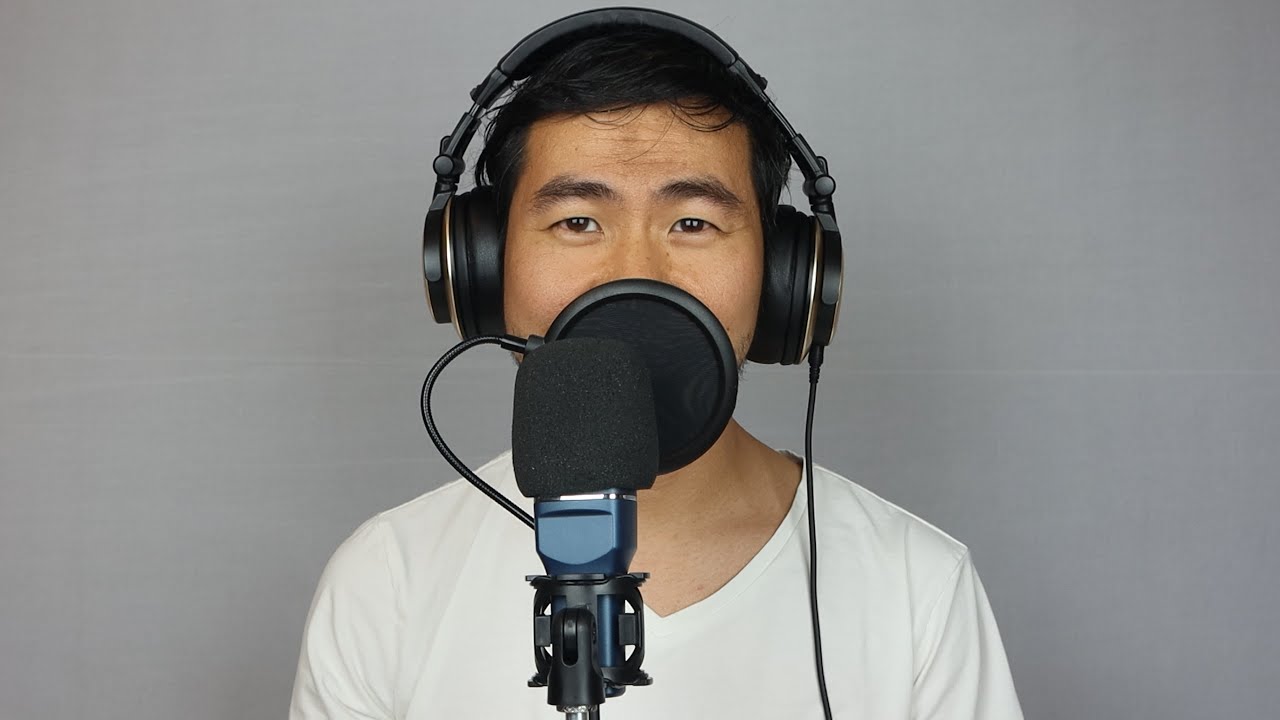Home>Production & Technology>MIDI>How Many MIDI Devices Can Be Daisy-Chained


MIDI
How Many MIDI Devices Can Be Daisy-Chained
Modified: February 22, 2024
Learn how MIDI devices can be daisy-chained and the maximum number of devices that can be connected in a MIDI chain. Find out more about MIDI connectivity.
(Many of the links in this article redirect to a specific reviewed product. Your purchase of these products through affiliate links helps to generate commission for AudioLover.com, at no extra cost. Learn more)
Table of Contents
Introduction
Daisy-chaining MIDI devices is a common practice in the world of music production and live performance. This method allows multiple MIDI instruments, such as keyboards, synthesizers, and drum machines, to be interconnected and controlled from a single source. It simplifies the setup process and enables musicians to create complex arrangements with ease.
Daisy-chaining MIDI devices involves linking them together in a series using MIDI cables. This setup allows the transmission of MIDI data from one device to another, creating a network of interconnected instruments. As a result, a musician can play a single keyboard and have the notes transmitted to multiple synthesizers, triggering a harmonious blend of sounds.
In the realm of live performances, daisy-chaining MIDI devices offers unparalleled flexibility. It allows artists to control various instruments simultaneously, enhancing the overall musical experience. Moreover, in a studio setting, this method streamlines the recording process by enabling seamless communication between different MIDI-equipped devices.
The evolution of MIDI technology has significantly expanded the possibilities of daisy-chaining. With the introduction of USB MIDI interfaces and MIDI Thru boxes, musicians can effortlessly connect numerous devices, amplifying their creative potential. This technological advancement has revolutionized the way musicians interact with MIDI instruments, empowering them to explore new sonic landscapes.
In this article, we will delve into the intricacies of daisy-chaining MIDI devices, exploring its benefits, limitations, and essential considerations. By gaining a comprehensive understanding of this practice, musicians and music enthusiasts can harness the full potential of their MIDI setups, unlocking a world of musical possibilities.
What is daisy-chaining MIDI devices?
Daisy-chaining MIDI devices involves connecting multiple MIDI instruments in a series using MIDI cables, creating a network where data can be transmitted from one device to another. This method allows for a seamless integration of various MIDI-equipped instruments, such as keyboards, synthesizers, drum machines, and sequencers, enabling them to communicate and synchronize with each other.
At the core of daisy-chaining is the MIDI (Musical Instrument Digital Interface) protocol, a versatile communication standard that facilitates the transmission of musical data between electronic devices. MIDI carries information such as note-on and note-off commands, velocity, pitch, modulation, and other performance parameters, allowing electronic instruments to interact with each other in a cohesive manner.
The daisy-chaining process typically involves connecting the MIDI Out of one device to the MIDI In of another, forming a chain that links multiple instruments together. This setup allows for the transmission of MIDI data from a master device, such as a MIDI controller or sequencer, to slave devices, enabling them to respond to the commands and instructions sent by the master device.
One of the key advantages of daisy-chaining MIDI devices is the ability to control and play multiple instruments from a single source. For example, a musician can play a MIDI keyboard and have the notes transmitted to several synthesizers, triggering a harmonious blend of sounds. This capability is particularly valuable in live performances and studio recording sessions, where the seamless integration of multiple instruments is essential for creating rich, layered compositions.
In addition to transmitting note data, MIDI daisy-chaining allows for the synchronization of tempo and timing information between devices. This synchronization ensures that all connected instruments play in perfect harmony, maintaining a cohesive rhythm and musical coherence. It also enables the implementation of intricate musical arrangements and synchronized effects across the connected devices, enhancing the overall sonic landscape.
Furthermore, the daisy-chaining of MIDI devices has been greatly facilitated by advancements in technology, such as the introduction of USB MIDI interfaces and MIDI Thru boxes. These innovations have expanded the possibilities of daisy-chaining, making it easier for musicians to connect and control numerous devices, thereby amplifying their creative potential.
In essence, daisy-chaining MIDI devices serves as a fundamental technique for integrating and controlling multiple electronic instruments, offering musicians a versatile and powerful means of creating and performing music. This method has become an indispensable tool for musicians, producers, and performers, empowering them to explore new musical horizons and express their creativity in innovative ways.
The limitations of daisy-chaining MIDI devices
While daisy-chaining MIDI devices offers a myriad of benefits, it is important to acknowledge the limitations associated with this method. Understanding these limitations is crucial for musicians and producers to make informed decisions when setting up their MIDI configurations.
1. Signal Degradation:
As MIDI data is transmitted through a series of interconnected devices in a daisy-chain setup, there is a potential for signal degradation. With each additional device in the chain, the MIDI signal may experience a slight loss in strength, leading to potential timing discrepancies and reduced overall performance reliability. This can be particularly noticeable in larger setups with numerous interconnected devices, impacting the accuracy and consistency of MIDI data transmission.
2. Latency and Timing Issues:
Daisy-chaining MIDI devices can introduce latency and timing issues, especially in setups where precise synchronization is crucial. As MIDI data travels through the chain, there may be slight delays in the transmission, resulting in timing discrepancies between the master and slave devices. This can affect the overall musical performance, particularly in scenarios where tight synchronization is essential, such as live performances and studio recordings.
3. Complexity of Troubleshooting:
In larger daisy-chained setups, troubleshooting and identifying issues can become increasingly complex. With multiple interconnected devices, pinpointing the source of a MIDI-related problem, such as signal dropout or timing irregularities, can be challenging. This complexity can lead to extended troubleshooting times and potential disruptions during performances or recording sessions.
4. Limited MIDI Throughput:
Daisy-chaining MIDI devices may pose limitations on MIDI throughput, especially in setups with a high volume of MIDI data traffic. In scenarios where multiple devices are simultaneously transmitting and receiving MIDI data, the throughput capacity of the daisy-chained configuration may be strained, potentially leading to data bottlenecks and performance inefficiencies.
5. Dependency on Cable Length and Quality:
The effectiveness of daisy-chaining MIDI devices can be influenced by the length and quality of MIDI cables used in the setup. Longer cable runs between devices can introduce signal degradation and susceptibility to interference, impacting the overall reliability of MIDI data transmission. Additionally, the quality of MIDI cables utilized in the daisy-chain can significantly influence the stability and integrity of the MIDI signal.
Acknowledging these limitations underscores the importance of careful planning and consideration when implementing a daisy-chained MIDI setup. By being mindful of these potential challenges, musicians and producers can proactively address and mitigate these limitations, ensuring a more robust and reliable MIDI environment for their creative endeavors.
Factors to consider when daisy-chaining MIDI devices
When daisy-chaining MIDI devices, several crucial factors must be taken into account to ensure a seamless and reliable setup. By carefully considering these factors, musicians and producers can optimize their MIDI configurations for enhanced performance and creativity. Here are the key factors to consider:
1. Device Compatibility:
Before daisy-chaining MIDI devices, it is essential to verify the compatibility of the interconnected instruments. Different MIDI-equipped devices may have varying specifications and requirements for MIDI data transmission. Ensuring that the devices are compatible with each other in a daisy-chain configuration is vital for achieving optimal performance and functionality.
2. Signal Routing and MIDI Thru:
Understanding the signal routing capabilities of MIDI devices is crucial when daisy-chaining multiple instruments. Some devices feature MIDI Thru ports, allowing the incoming MIDI data to be passed through to additional devices in the chain. By strategically utilizing MIDI Thru functionality, musicians can create efficient and organized daisy-chain setups, minimizing signal degradation and optimizing MIDI data transmission.
3. Cable Management and Quality:
The selection of MIDI cables and the management of cable runs play a significant role in the effectiveness of daisy-chaining MIDI devices. High-quality MIDI cables with proper shielding help mitigate signal degradation and interference, ensuring the reliable transmission of MIDI data across interconnected devices. Additionally, organizing and managing cable runs in the setup can contribute to a tidier and more efficient daisy-chain configuration.
4. MIDI Data Traffic:
Assessing the volume of MIDI data traffic within the daisy-chained setup is essential for maintaining optimal performance. In scenarios where multiple devices are simultaneously transmitting and receiving MIDI data, it is important to consider the potential for data bottlenecks and throughput limitations. By evaluating the MIDI data traffic requirements, musicians can make informed decisions regarding the scalability and efficiency of their daisy-chain configurations.
5. Latency and Timing Considerations:
Minimizing latency and addressing timing considerations is paramount when daisy-chaining MIDI devices, especially in performance-critical applications. Understanding the inherent latency introduced by each interconnected device and implementing synchronization techniques can help mitigate timing discrepancies and ensure cohesive musical performance across the interconnected instruments.
6. Expansion and Flexibility:
Anticipating the need for expansion and flexibility within the daisy-chain setup is essential for accommodating future additions of MIDI devices. Planning for scalability and adaptability allows musicians to seamlessly integrate new instruments into the existing daisy-chain configuration, fostering a dynamic and versatile MIDI environment that can evolve with their creative needs.
By carefully considering these factors, musicians and producers can optimize their daisy-chained MIDI setups for enhanced performance, reliability, and adaptability. A thoughtful approach to daisy-chaining MIDI devices empowers individuals to create cohesive and efficient interconnected systems that unlock new realms of musical expression and creativity.
Conclusion
In conclusion, daisy-chaining MIDI devices presents a powerful method for integrating and controlling multiple electronic instruments, offering musicians and producers a versatile means of creating and performing music. Despite the inherent limitations and complexities associated with daisy-chaining, the benefits it offers in terms of seamless integration, synchronized performance, and creative flexibility are undeniable.
As technology continues to advance, the landscape of MIDI daisy-chaining evolves, providing musicians with innovative solutions to overcome traditional limitations. The introduction of USB MIDI interfaces and MIDI Thru boxes has revolutionized the possibilities of daisy-chaining, enabling musicians to connect and control numerous devices with greater ease and efficiency.
It is crucial for individuals embarking on daisy-chaining MIDI devices to carefully consider factors such as device compatibility, signal routing, cable quality, MIDI data traffic, latency, and expansion capabilities. By addressing these considerations, musicians can optimize their MIDI configurations, ensuring reliability, performance, and adaptability.
Ultimately, the art of daisy-chaining MIDI devices embodies the spirit of creativity and innovation in music production and performance. It empowers musicians to orchestrate complex arrangements, synchronize diverse instruments, and explore new sonic horizons. As the realm of MIDI technology continues to evolve, daisy-chaining remains a fundamental technique that amplifies the creative potential of electronic music production and live performance.
In the ever-changing landscape of music technology, daisy-chaining MIDI devices stands as a testament to the enduring ingenuity and adaptability of musicians and producers. It continues to shape the way music is created, performed, and experienced, enriching the sonic tapestry of the musical world.
In essence, while daisy-chaining MIDI devices presents its own set of challenges, its capacity to foster seamless integration, synchronized performance, and creative exploration solidifies its position as a cornerstone of modern music production and live performance. As musicians continue to push the boundaries of sonic expression, the art of daisy-chaining MIDI devices will undoubtedly remain a vital and transformative force in the ever-evolving landscape of music creation and performance.


